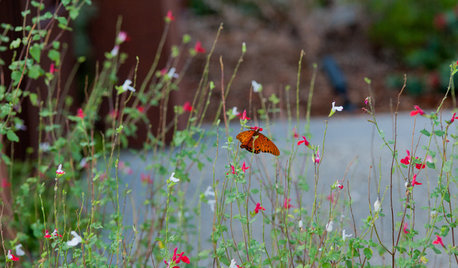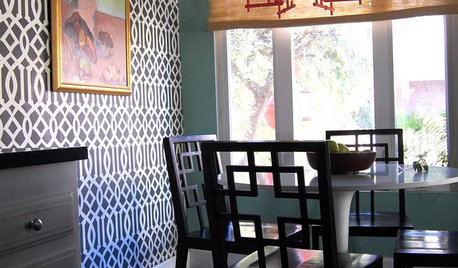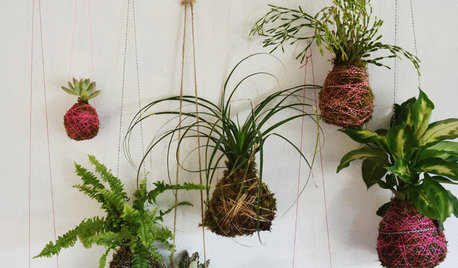FUCHSIA BONSAI
There are basically two ways of achieving this:
(a) From rooted cuttings.
(b) From an established plant which has been growing in a pot or garden.
Most important look for small flowered varieties.
Method (a)
Take a tip cutting in the normal way. Tip cuttings are best taken from new growth, between a quarter and half an inch long. Plant in a peat based compost, you can add fine perlite but this is not absolutely necessary. If using a propagator 60f/15c. They will root perfectly well without a propagator, it just takes a little longer. Watering is best done in the mornings, if they are too wet at night you run the risk of the cuttings getting botrytis and then they will rot-off.
When rooted pot up into a 1 or 2 inch pot. Pot-on when roots appear through the drainage holes. Keep moist, never over water.
If you put a small plant into a small bonsai pot it will stay small and the main stem will never thicken enough to become a trunk. Therefore carry on potting-up as the plant grows. After the 3 inch pot size add 20% of horticultural grit and 5% of perlite to the soil. Carry on potting up until they are in the 5 inch pot size. According to the variety it can vary between 1 and 5 years before they are ready to be transferred into a bonsai pot.
During this time shaping can begin. When using wire on fuchsia main stems/trunks and branches be very careful, the reason being is that they mark very easily and can also become very brittle. Wire more on the loose side than on the tight side. Patience is required. It is better to wire once on the loose side, and at a later date remove and then re-wire again to get the shape you are aiming for. U' shaped and S' shaped wire can be used for thinner branches, for training in a downward or upward direction respectively.
During the growing season use quarter strength of any balanced feed NPK 20-20-20 every watering. During growth keep removing large leaves, new leaves come back very quickly and smaller in size. If plants remain in the same growing pot for more than 6 months, renew the bottom third of soil, also removing any roots in bottom third.
Six months before it is time for a plant to go into a bonsai pot begin to pot-down, that is gradually transferring to a smaller pot size, so that the plant gets used to living in less soil with less roots.
Method (b)
If a plant has been growing in the garden or in a large pot for several years, have a good look at the branch/stem structure, bearing in mind the bonsai aspect, look for thick and even contorted stems. You may even find this type of plant at your local fuchsia nursery, especially towards the end of the fuchsia season.
Scrape away the top soil, you may find some nice thick roots coming directly out of the lower part of a particular stem which later could be used as nebari(surface root/roots.) Remove all flowers and foliage. Cut out unwanted stems, cut back remaining lateral stems anything between a third/half, according to the size of the plant and your intentional shape for a bonsai, remembering that the new growth will shoot much lower down on the remaining lateral stems.
Dig out of the garden or remove from large pot, remove soil and any tap-roots, leave as many fine white roots as possible. Plant into a growing pot with new soil, allowing plenty of room for remaining roots to recover and grow. Place out of direct sunlight and keep moist. After two weeks, water once with a high nitrogen feed, and mist/spray with water, this helps new growth to come back more quickly.
Then carry on as above for a 5 inch pot.
WHEN TRANSFERRING INTO A BONSAI POT/DISH.
Soil mix for bonsai pot - 50% peat based compost - 25% loam - 20% horticultural grit 5% perlite and a small amount of horticultural charcoal (helps to keep the soil 'sweet')
Always do any re-potting in the Spring.
During summer months outside, place in a well ventilated position, protect from hot pm sun, eg use green shade netting. Water in the mornings, keep moist, never let them dry-out completely. Constantly remove any large leaves and dead or dying flowers. Continue with shaping. The removal of growing tips will delay flowering between four to six weeks according to the variety.
Feed during the growing season with a balanced feed, NPK 20-20-20 at a quarter strength twice weekly. A monthly feed of Sequestrene (iron chelate, magnesium and manganese) helps to produce healthy foliage.
As fuchsias are deciduous carefully remove any flowers and foliage that are still on your fuchsia bonsai in late Autumn, and prune back anything between one quarter and one third of lateral branches (except for the encliandra type fuchsias, only give a light trim).
Give them a real good clean. Remove any moss and debris from the top of the soil. Treat with Provado against any vine weevil larvae that maybe lurking in the soil.
Spray branches and stems with tepid water in the mornings, this helps new foliage to come back quickly. As soon as new foliage appears start shaping again.
In frost prone areas place in a greenhouse for the winter and keep at a temperature of 45f/8c. If you don't have a greenhouse, a west facing windowsill indoors in a cool room is ok. Keep them just moist not soaking wet.
In Spring/early Summer do harden-off the foliage before placing your fuchsia bonsai permanently outside again. When the weather is suitable, put outside during the day, returning them to the greenhouse for the night, until night temperatures stay above 45f/8c.
Kath van Hanegem













Related Discussions
Phalaenopsis Orchids how do I create new plant from 1 I have?
Q
How do I propagate Fuchsia boliviana?
Q
How do I prune my bonsai?
Q
How do I propagate fuchsias?
Q